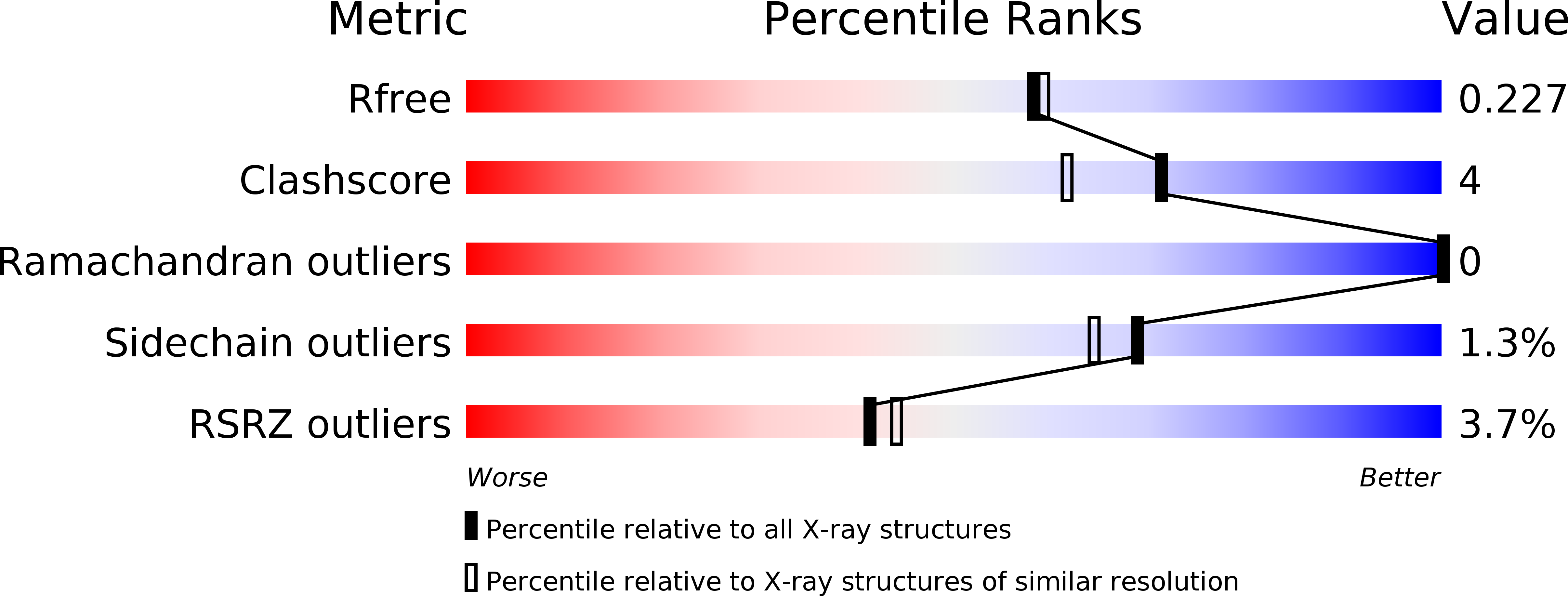
Deposition Date
2018-11-14
Release Date
2019-05-29
Last Version Date
2025-04-09
Entry Detail
PDB ID:
6I5N
Keywords:
Title:
Crystal structure of SOCS2:Elongin C:Elongin B in complex with growth hormone receptor peptide
Biological Source:
Source Organism:
Homo sapiens (Taxon ID: 9606)
Host Organism:
Method Details:
Experimental Method:
Resolution:
1.98 Å
R-Value Free:
0.22
R-Value Work:
0.18
R-Value Observed:
0.19
Space Group:
P 21 21 2


